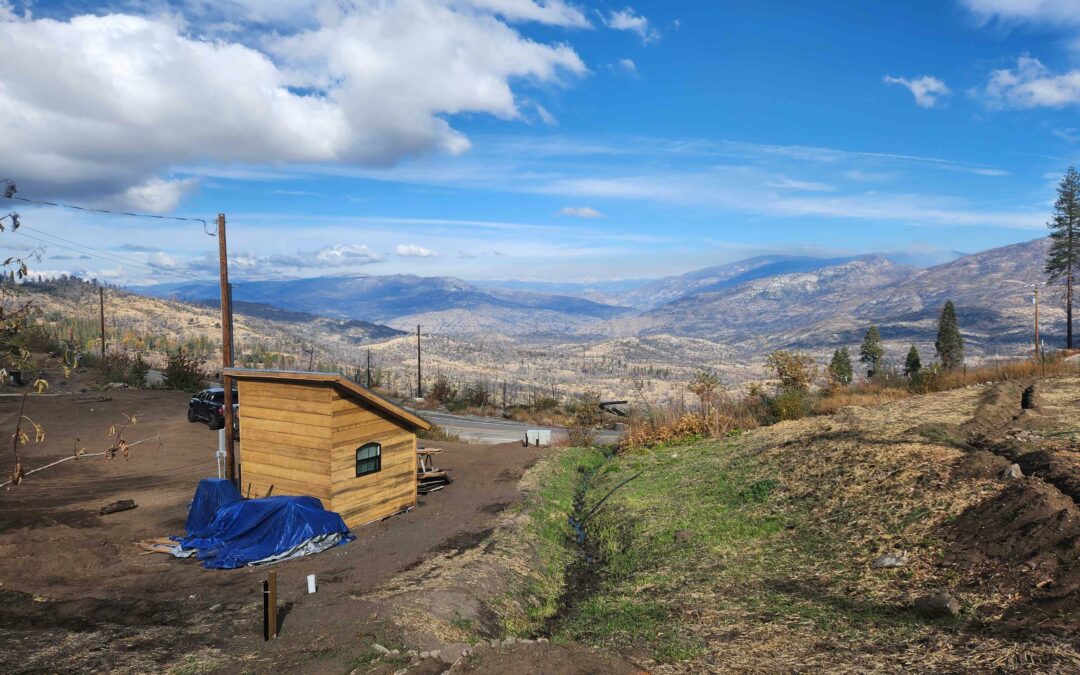In this project, we present the SCADA (Supervisory Control and Data Acquisition) engineering design package our team prepared for our customer, a resource conservation district in central California. This was created to enhance the monitoring and control of water resources at multiple sites.
The project required collaboration with engineers, contractors, and other key decision makers. Let’s look at the steps taken to complete this project.
Scope of project:
- Site Plan: Detailed layout of equipment, structures, and infrastructure at each site.
- Power Plan: Create specifications for power distribution and backup systems.
- Lead Schedule: Allocation of electrical loads.
- Controls Design:
-
- Controls Circuit Design: Schematic diagrams for control circuits.
- Control Panel Design: Layout and specifications for control panels.
-
- Network Design: Communication infrastructure and network diagram.
- Instrumentation & Controls Hardware Specifications Package: Detailed specs for meters, control devices, and access points.
- Plan Check Submittal Package: Provide documentation required for regulatory approval.
Why the Need for SCADA Engineering Design?
- Water Flow Monitoring: Accurate water flow monitoring is crucial for calculating usage.
- Need for New Designs: Two sites required entirely new designs to meet evolving requirements.
- Site Addition: The expansion of a new site called for the integration with the existing design.
Project Approach:
- On-Site Surveyance and Research:
-
- Our team visited each site to gather preliminary information and understand the existing infrastructure, terrain, and environmental conditions.

On-site surveyance and research to gather preliminary information.
- Our team visited each site to gather preliminary information and understand the existing infrastructure, terrain, and environmental conditions.
-
- Collaborate with Contractors:
-
- We worked closely with contractors to develop a safe and robust design that addressed safety, reliability, and scalability.
-
- Remote I/O with Radio Transmitters:
-
- Our engineers implemented remote I/O solutions for long-distance communication. This allows data to be transmitted back to the central SCADA for monitoring and historization.
-
- Power Distribution Calculation:
-
- Calculate downstream power distribution needs and ensure a seamless integration with the existing distribution system.
-
- Hardware Consistency:
-
- Specifying current hardware to maintain consistency across sites and optimize compatibility and ease of maintenance.
-
- UL-Specified Hardware:
-
- Our team used UL-certified hardware for new instrumentation and controls to prioritize safety and compliance.
-
- Collaboration with Professional Engineer:
-
- Our team worked with and internally contracted Professional Engineer. This allowed both parties to validate design calculations and ensure accuracy.
-
Results of successful SCADA engineering design:
- Enhanced Monitoring:
-
- The client now has real-time visibility for water flow and system performance.
-
- Improved Efficiency:
-
- Our team was able to streamline operations through optimized control strategies.
-
- Reliable Infrastructure:
-
- The creation of a robust design ensures system stability and resilience.
-
- Compliance and Safety:
-
- The new design adheres to UL standards and regulatory requirements.
-
- Scalability:
-
- The design our team created accommodates future expansions and modifications.
-
Conclusion:
Such projects allow us to enhance the end-user experience while creating safer and smarter spaces.
Reach out to us and let’s discuss how our team can help find the best solution for your needs.

